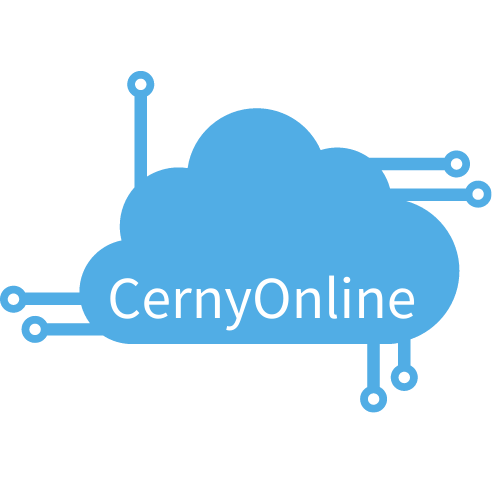Effective Asset Management Strategies for Business Growth
Managing business assets effectively is a cornerstone of sustainable growth and profitability in today’s competitive landscape. As companies face increasing pressure to maximise returns while minimising costs, implementing robust asset management strategies becomes not just beneficial but essential. This article explores proven approaches to asset stewardship that can drive business expansion and enhance operational efficiency. The team at imprese-economia.it has compiled these insights to help businesses transform their asset management practices into strategic advantages.
Foundations of judicious asset stewardship
Before diving into specific strategies, businesses must establish solid foundations for managing their resources. Effective asset management begins with a clear understanding of what you own, how it contributes to your business objectives, and how to govern these resources for optimal performance. This structured approach enables organisations to make informed decisions about resource allocation and maintenance priorities.
Identifying critical business holdings
The first step toward effective asset management is conducting a comprehensive inventory of all business assets. This involves more than simple cataloguing; it requires evaluating each asset’s contribution to business operations and growth objectives. A thorough asset inventory provides visibility into what resources are available, their current condition, and their strategic importance to the organisation. This process helps businesses identify which assets are mission-critical versus those that may be underperforming or surplus to requirements.
Once the inventory is complete, asset prioritisation becomes essential. Not all business holdings carry equal importance; some directly impact revenue generation while others play supporting roles. By categorising assets according to their strategic value, businesses can allocate resources more effectively, ensuring that vital equipment receives appropriate attention and investment. This prioritisation forms the backbone of decision-making regarding maintenance schedules, replacement planning, and capital expenditure.
Establishing governance frameworks for resource control
A robust governance framework provides structure and accountability for asset management activities. This framework should include clear policies, procedures, and responsibilities for acquiring, maintaining, and eventually disposing of business assets. Without proper governance, even the most sophisticated asset management tools and techniques will fail to deliver expected benefits.
Regulatory compliance forms a critical component of asset governance. Depending on the industry, businesses may need to adhere to specific standards regarding asset maintenance, safety protocols, or environmental impacts. Implementing systems to track compliance requirements and document adherence not only mitigates legal risks but also contributes to operational excellence. A well-designed governance framework also facilitates stakeholder buy-in by clearly communicating expectations and demonstrating the value of proper asset stewardship.
Maximising value from existing resources
Once foundational elements are in place, businesses can focus on strategies to extract maximum value from their existing assets. This approach often delivers faster returns than acquiring new resources and helps build a culture of efficiency and continuous improvement. Effective utilisation of current holdings supports business growth by freeing up capital that would otherwise be spent on unnecessary replacements or redundant acquisitions.

Condition monitoring and maintenance protocols
Preventive maintenance represents one of the most cost-effective strategies for extending asset lifespan and maintaining optimal performance. Rather than waiting for equipment to fail before addressing issues, scheduled maintenance activities can identify and resolve potential problems before they impact operations. This approach significantly reduces unplanned downtime, which directly affects productivity and revenue generation.
Advanced condition monitoring techniques enable businesses to move beyond fixed maintenance schedules toward more dynamic approaches. By continuously assessing asset health through sensors, regular inspections, or performance metrics, maintenance activities can be triggered based on actual conditions rather than arbitrary timeframes. This data-driven approach optimises maintenance spending while ensuring that critical assets remain in peak operating condition.
Work order management systems streamline maintenance activities by organising tasks, tracking completion, and documenting outcomes. These systems ensure that maintenance priorities align with business objectives and that resources are allocated efficiently. They also create valuable historical records that can inform future maintenance planning and asset replacement decisions.
Technology integration for enhanced asset performance
Modern asset management relies heavily on technology to provide visibility, control, and analytical capabilities. CMMS software serves as the central nervous system for asset management activities, connecting various elements into a cohesive system. These platforms typically include modules for asset tracking, maintenance scheduling, inventory management, and performance reporting, creating a unified environment for managing all asset-related activities.
Data management technologies enable businesses to make evidence-based decisions about their assets. By collecting and analysing information about asset performance, maintenance history, and operating costs, organisations can identify patterns and trends that inform strategic planning. This analytical approach supports continuous improvement by highlighting both successes and areas for potential enhancement.
Technology implementation extends beyond software to include innovations in how assets themselves are monitored and managed. IoT sensors, mobile inspection tools, and automation technologies all contribute to more efficient asset management practices. These technologies reduce manual effort while increasing the accuracy and timeliness of asset information, enabling more proactive management approaches.
Effective asset management strategies directly contribute to business growth by optimising resource utilisation, reducing operational costs, and supporting strategic initiatives. By establishing solid foundations for asset stewardship and implementing approaches to maximise value from existing resources, businesses can transform their asset base from a cost centre into a strategic advantage. As market conditions evolve and business objectives shift, regular assessment and refinement of asset management practices ensure continued alignment with organisational goals.


